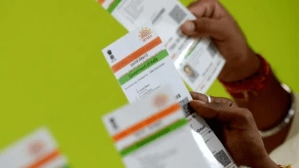-
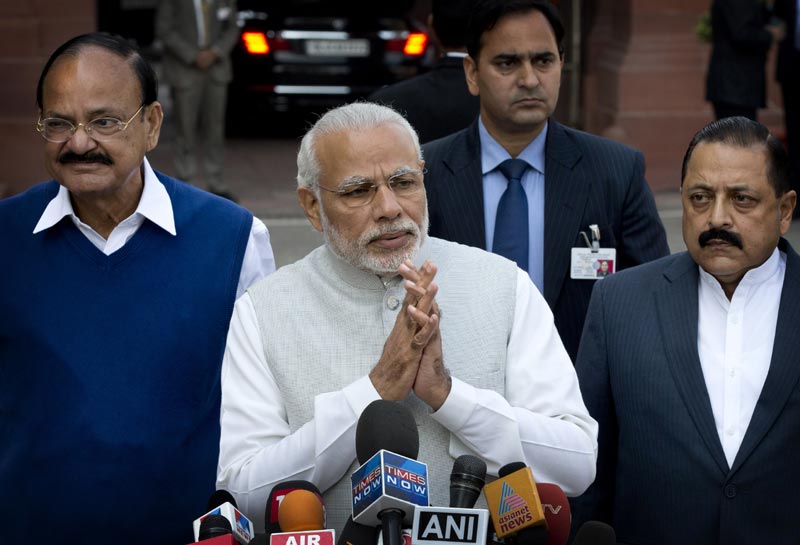
Budget 2016: The Narendra Modi govt will present its third budget on 29th February. We believe the Govt has no choice but to stretch fiscal consolidation goalposts once again amidst the sharp slowdown in nominal GDP growth, rising public capex needs and an escalating wage bill (7th CPC). We expect a 3.8% fiscal deficit-to-GDP ratio vs. 3.5% targeted (FY16E: 4%), which could put the Govt.’s credibility at risk. A higher fiscal deficit along with UDAY-linked bond issuances will put upward pressure on bond yields and constrain monetary easing. (Image Source: AP)
-

1. Budget 2016: Govt to slow down fiscal consolidation: Our calculations indicate that the Govt. is likely to miss its FY16 fiscal deficit target marginally by 10bps on the back of a sharp slowdown in nominal GDP growth, despite attaining a lower-than-budgeted deficit number. Further, we expect the Govt. to slow down the fiscal consolidation roadmap once again in the FY17 budget, with a 3.8% GFD/GDP ratio (vs. its target of 3.5%), in order to accommodate the recommendations of the 7th CPC amidst a continued focus on capital expenditure. (Image Source: AP)
-

2. Budget 2016: FY16 excise hikes, increase in service tax to aid revenues: The Govt. has raised excise duty on petrol and diesel five times between Nov’15 and Jan’16 – these should add ~0.37% of GDP to revenues in FY17. The Govt. is also expected to hike the service tax rate by 200bps – this would boost collections by another 0.2% of GDP. Both measures would provide some cushion to absorb the additional wage bill arising from the 7th CPC. The budgeted receipts from disinvestment and spectrum auction would be the key numbers to watch. (Image Source: AP)
-
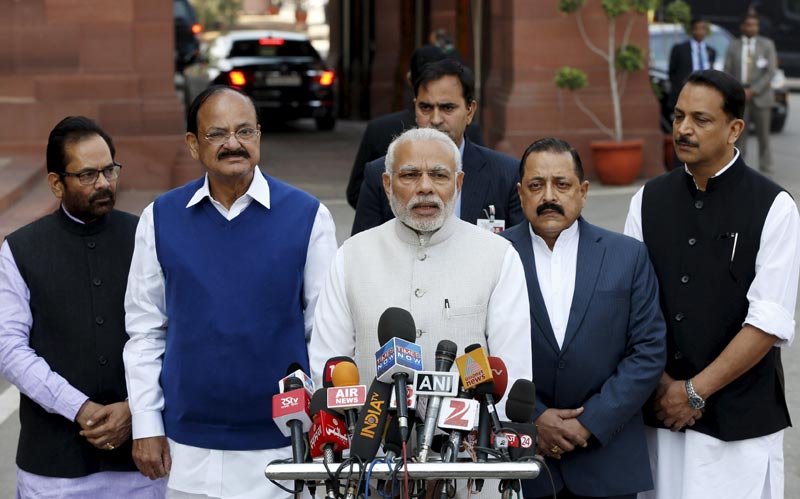
3. Budget 2016: Pay Commission to push up revenue expenditure: We believe the Govt. will incorporate the full impact of the 7th CPC recommendations (including arrears for Jan-Mar’16) in the FY17 budget. This along with the One Rank One Pension scheme (OROP) for armed force veterans will push up the wage bill by ~0.68% of GDP, constraining asset-creating expenditure. Nevertheless, the Govt. is likely to continue to raise capex (atleast +15% YoY) amid weak private investments, with a focus on roads, urban development and bank recapitalisation. (Image Source: Reuters)
-
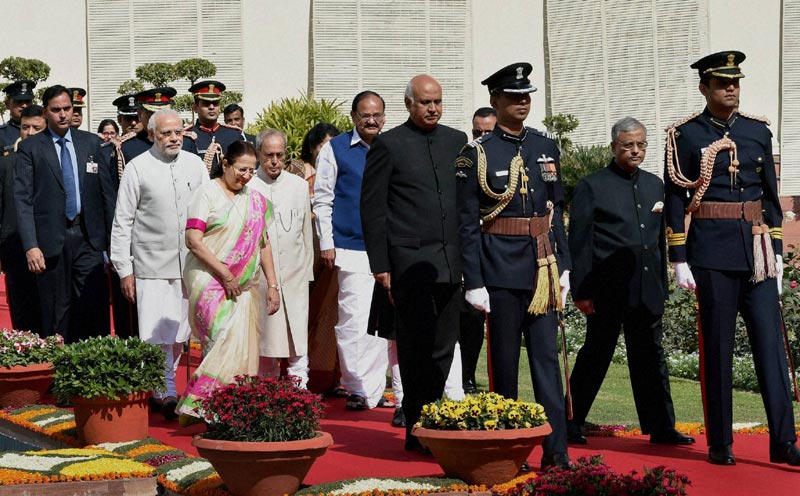
4. Budget 2016: Higher deficit negative for yields: A higher fiscal deficit is expected to push up market borrowings in FY17. This along with UDAY scheme bond issuances and a likely increase in SDLs would take yields higher and constrain further monetary easing. However, if the Govt. postpones CPC implementation to ensure deficit at 3.5%, bond yields will benefit. (Image Source: Reuters)
-
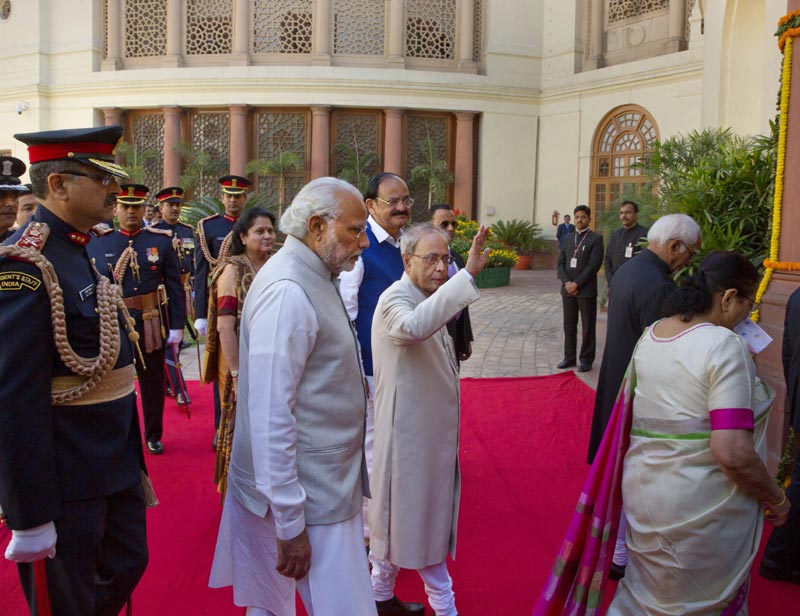
5. Budget 2016: Incremental reforms to continue: We expect the budget to focus on agriculture/rural India, increase capex spends (NIIF and PSUs), extend direct benefits transfer (DBT) to kerosene and food, take measures to incentivise financial savings, improve the tax structure, lay out a timeline for bank recapitalisation, and put forward a credible roadmap for disinvestment and sale of Specified Undertaking of UTI (SUUTI) holdings. (By Religare Research Report) (Image Source: AP)

8th Pay Commission implementation date missing in ToR: Will govt change 10-year pay revision cycle? Employees’ body flags omission
